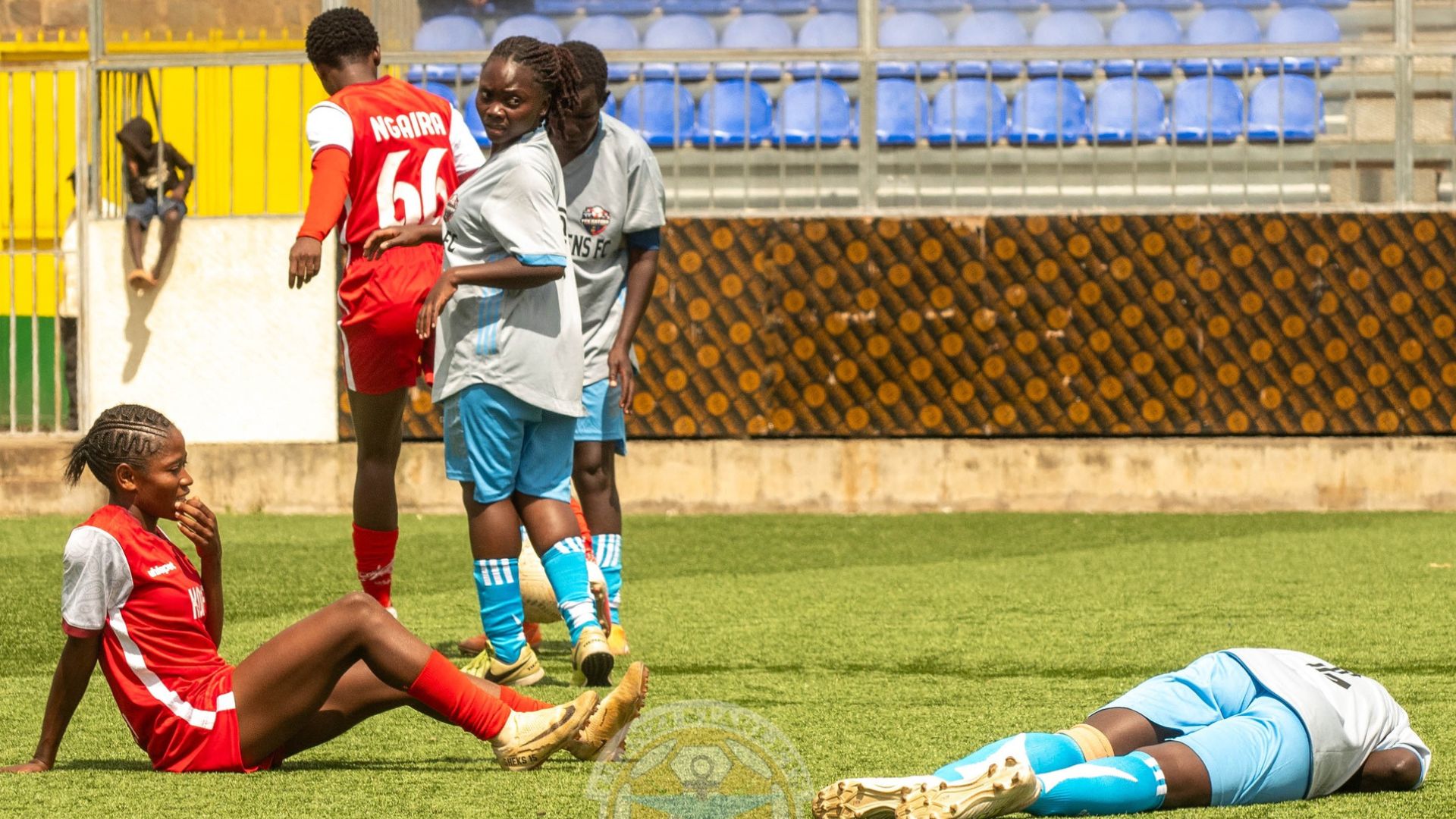Could a woman’s menstrual cycle influence her risk of sustaining a devastating knee injury?Follow our WhatsApp Channel for more news That is the question at the heart of a new FIFA-funded research project launching next month in London. This research comes as concerns mount over the rising number of anterior cruciate ligament (ACL) injuries in women’s football.Ticket prices and the four strict rules enforced in stadia at U20 AFCON matchesThe year-long study, based at Kingston University, will explore whether hormonal fluctuations, particularly those involving estrogen and progesterone, during the menstrual cycle could be contributing to the higher incidence of ACL injuries among female footballers.Research suggests that women are two to six times more likely to suffer such injuries than men.High-profile names like Vivianne Miedema, Leah Williamson, Beth Mead, and Sam Kerr have all suffered ACL tears in the past two years, prompting renewed urgency to understand why these injuries are so prevalent in the women’s game.##NAJAVA_MECA_8910422##“We want to examine whether athletes may be more predisposed to injuries because of the functional changes in terms of their anatomy and physiology during the menstrual cycle. We know hormones fluctuate during different phases of the cycle, but we don’t yet know how much of an influence that may have on the risk of injury,” senior lecturer in sport biomechanics at Kingston University, Simon Augustus, said.Players from professional and grassroots clubs across London, including Chelsea and Fulham, will take part in the study.Mixed reactions as fans weigh in on Kenya U20’s exit from U20 AFCONParticipants will visit the Kingston campus regularly for physical testing and blood sampling, allowing researchers to track hormone levels and assess performance across different phases of the menstrual cycle.Of particular interest are the effects of estrogen and progesterone, hormones previously linked to increased ligament laxity (looseness) and decreased neuromuscular reaction times.These physiological changes could, in theory, make athletes more vulnerable to injury during high-stress actions such as landing from a header or making a rapid directional change, both common scenarios in ACL tears.##NAJAVA_MECA_8910514##“We know some injuries are unavoidable, but we are attempting to help those individuals who injure their ACL outside of impact actions. Those are the ones where we might have more chance to intervene and prevent them from taking place by utilising strength training or tweaking technique,” Augustus explained.This study represents a shift towards a more individualised approach to athlete care.Mihic urges fans to keep peace as Mashemeji Derby returns to KasaraniBy building a holistic profile for each player, researchers hope to enable coaching and medical staff to tailor training and recovery programs based on where players are in their cycles.Ultimately, the findings could lead to more personalised injury prevention strategies and help redefine how women’s physiology is factored into elite sports performance planning.

